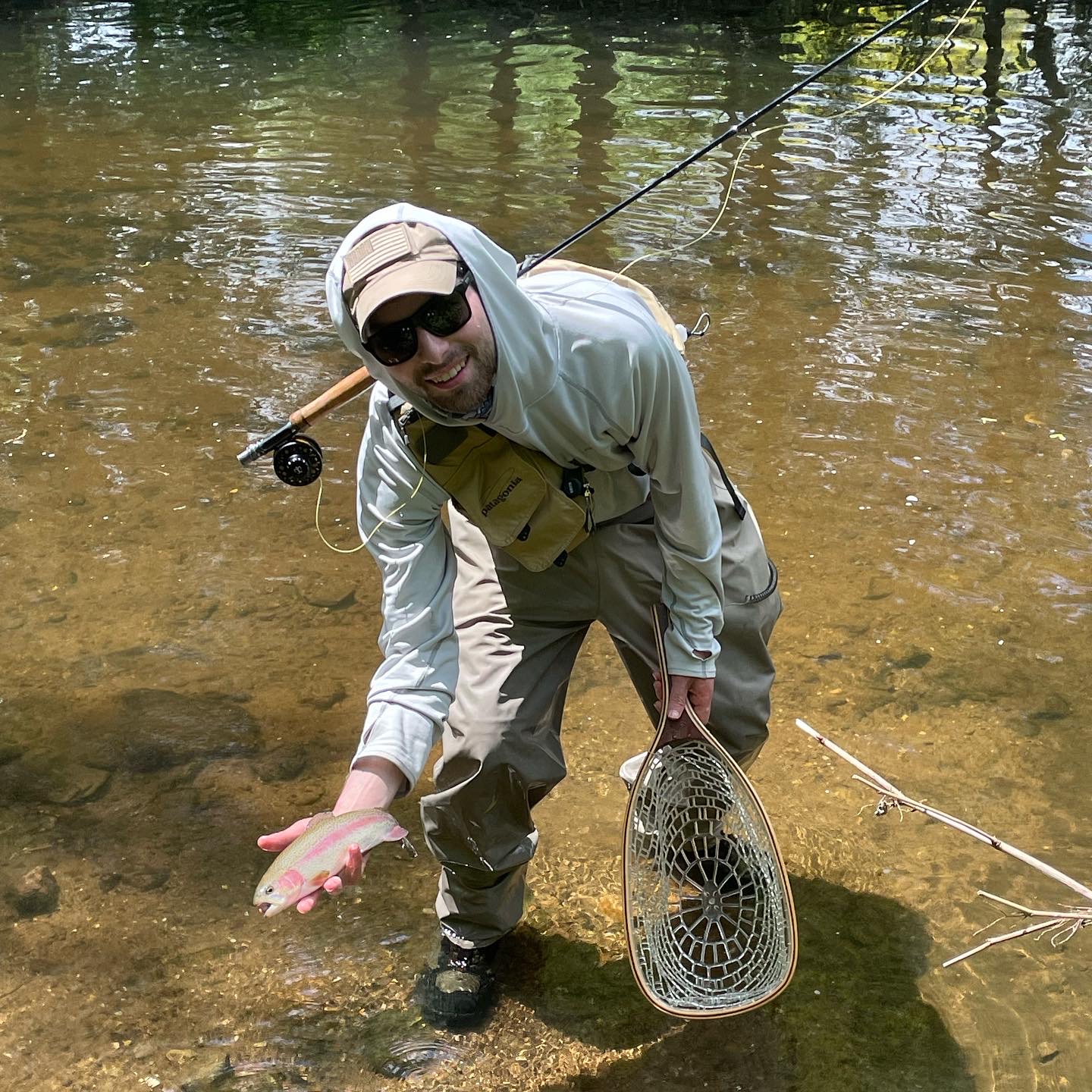You're not eating food...you're eating poison!
- Kevin Bombace

- Jun 8, 2023
- 2 min read
There are various substances used in agriculture to enhance crop production and help meet the demands of a growing population. Some of these substances can be beneficial, while others may raise concerns. Here are a few examples:
1. Fertilizers: Fertilizers provide essential nutrients to plants, such as nitrogen, phosphorus, and potassium, which can improve crop yields. However, excessive use or improper application of fertilizers can contribute to water pollution and have negative environmental impacts.
2. Irrigation water: Controlled irrigation systems ensure crops receive adequate water, promoting healthy growth and preventing drought stress. However, the quality of irrigation water can vary, and contaminated water may introduce pathogens or pollutants to crops.
3. Crop protection products: Herbicides, pesticides, and fungicides are used to control weeds, insects, and diseases that can damage crops. When used responsibly and in accordance with regulations, these products can help protect crops and support food production. However, excessive or improper use can have negative impacts on the environment and potentially affect human health.
4. Growth regulators: Some growth regulators, such as hormones, are used to manipulate plant growth and development, improving crop quality and uniformity. These substances are typically regulated and approved for specific uses.
It's important to note that regulatory bodies in different countries establish guidelines and limits for the use of these substances to ensure they are safe for human consumption and minimize potential risks. Additionally, consumer awareness and choices, such as opting for organic or locally grown foods, can influence exposure to certain substances used in agriculture.
Common "poisons" we encounter:
The use of herbicides, pesticides, and other chemicals in food production varies depending on the specific practices employed by farmers and regulations in different regions. However, I can provide you with some commonly used types of herbicides and pesticides:
1. Glyphosate: Glyphosate is a widely used herbicide and the active ingredient in many weed killers. It is often used in agricultural practices, including on genetically modified crops like soybeans, corn, and cotton.
2. Organophosphates: These are a class of pesticides that were historically used in agriculture to control pests. They work by inhibiting the activity of enzymes in insects' nervous systems. Some common organophosphate pesticides include chlorpyrifos and malathion.
3. Neonicotinoids: Neonicotinoids are systemic pesticides used to protect crops against insects. They are absorbed by the plant and can be present in various plant tissues. Their use has been linked to concerns about their impact on bees and other pollinators.
4. Pyrethroids: Pyrethroids are synthetic pesticides derived from natural compounds found in chrysanthemum flowers. They are widely used in agriculture and household insecticides to control a range of pests.
It's important to note that food safety regulations in many countries require that the levels of these chemicals in food products are within acceptable limits and pose no significant risk to human health. Monitoring and enforcement of these regulations help ensure the safety of the food supply. Additionally, opting for organic or locally grown produce may reduce exposure

Comments